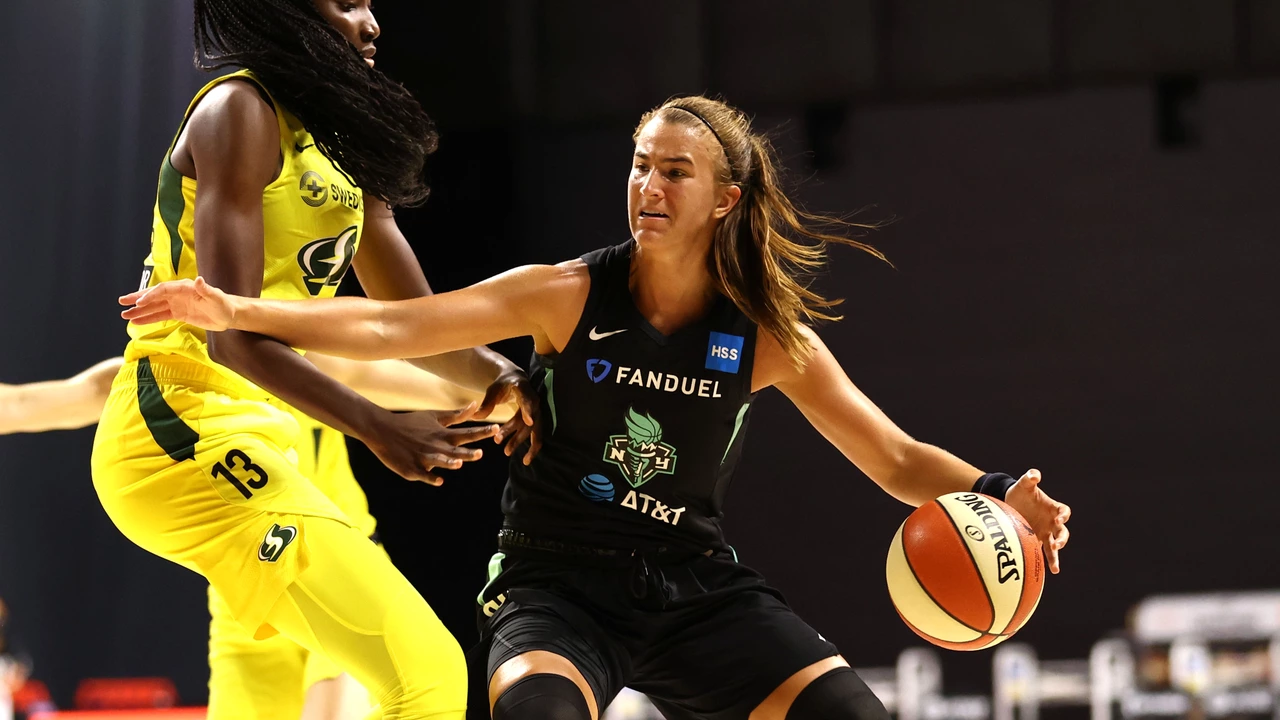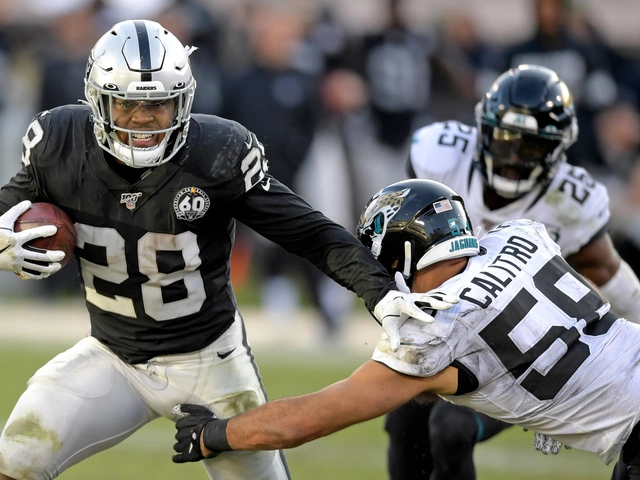Team Comparison Made Simple: Pick the Better Side Fast
Ever wondered why one team always seems to have the edge, even when the scores are close? The answer lies in a handful of clear data points and a bit of context. Below you’ll get a step‑by‑step cheat sheet that lets you break down any matchup in minutes, whether you’re looking at football, basketball, or any other sport.
Key Metrics to Track
Start with the basics: goals, points, yards, or whatever the sport counts. Look at the average per game for the season and compare it to the opponent’s average. Next, drill down into recent form – the last five games tell you more about momentum than a full‑season average. Don't ignore head‑to‑head history; some clubs just have a mental edge over certain rivals.
Injuries and suspensions are the hidden game‑changers. A missing striker or a key defender can swing the odds dramatically. Check the official squad list a day before the match and note any notable absences. Finally, consider possession and passing accuracy. Teams that control the ball and complete passes tend to create more chances, especially in tight contests.
Putting the Pieces Together
Now that you have the numbers, turn them into a story. If Team A scores 2.1 goals per game, faces a defence that concedes 1.3, and is on a three‑match winning streak, they look strong on paper. But if their star forward is out with an injury, that advantage shrinks.
Style matters too. A high‑pressing side may struggle against a deep‑lying defensive block, even if the stats look even. Watch a few highlight reels or quick tactical breakdowns to see how each team likes to play. Those visual clues often reveal mismatches that raw numbers hide.
When you combine stats, recent form, lineup news, and style, you get a balanced view that’s far more reliable than guessing. Use a simple table to line up the metrics side by side – it makes the comparison crystal clear and saves you time.
Bottom line: a good team comparison isn’t about overwhelming yourself with data. Focus on a few high‑impact stats, stay updated on player availability, and think about how the teams' styles clash. Follow this routine before every big game and you’ll make smarter predictions, join the right conversations, and maybe even impress the die‑hard fans around you.





